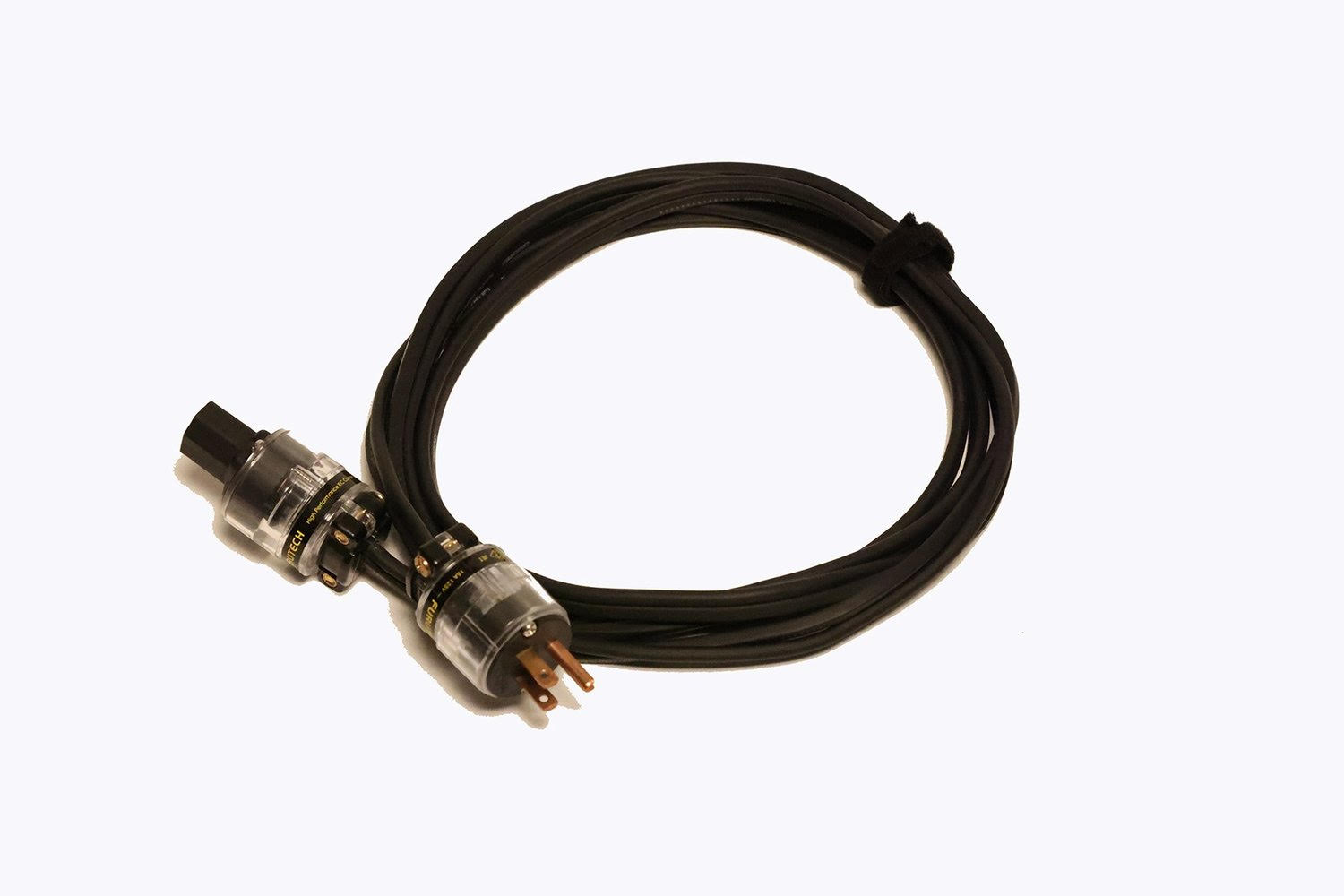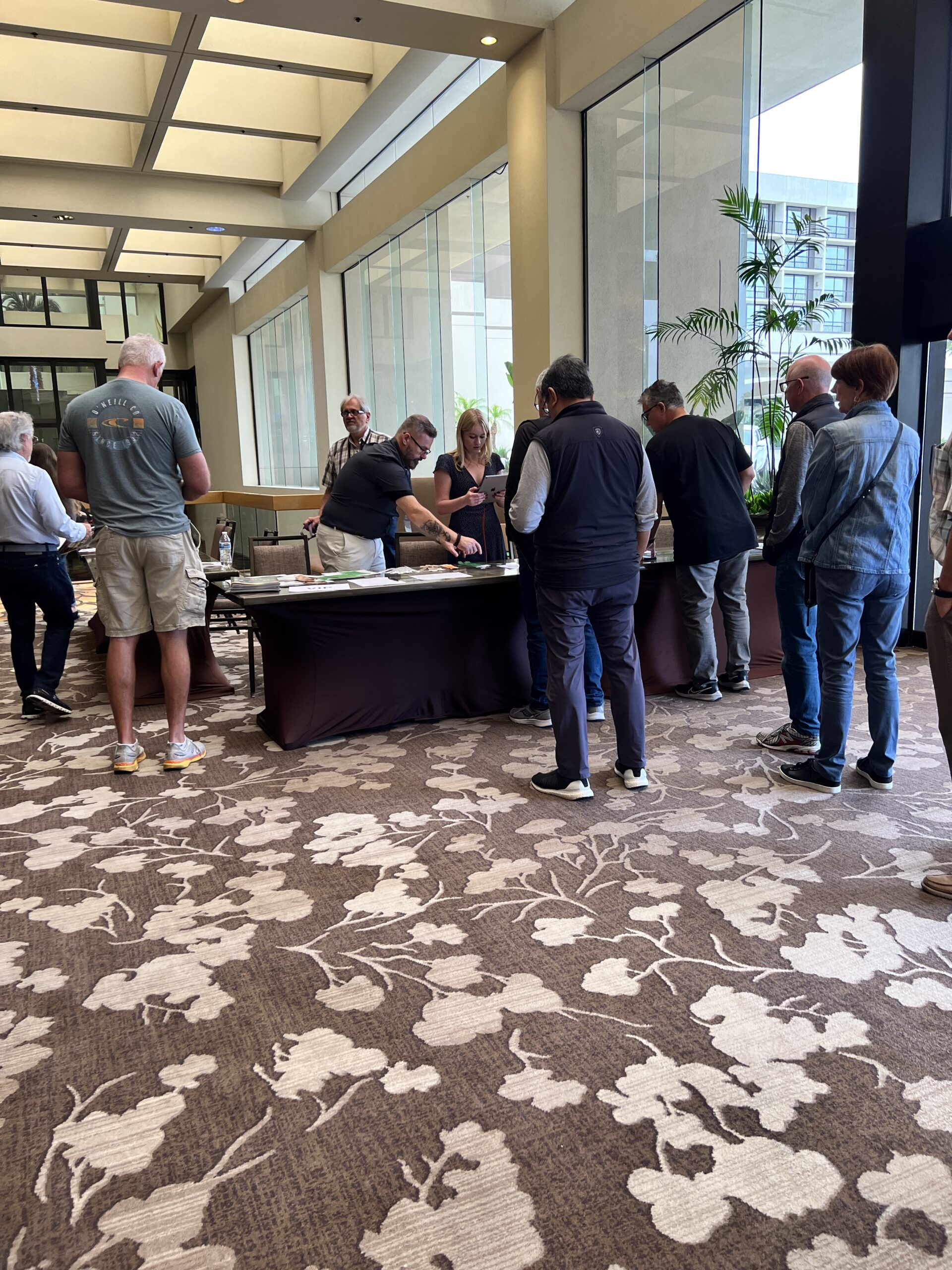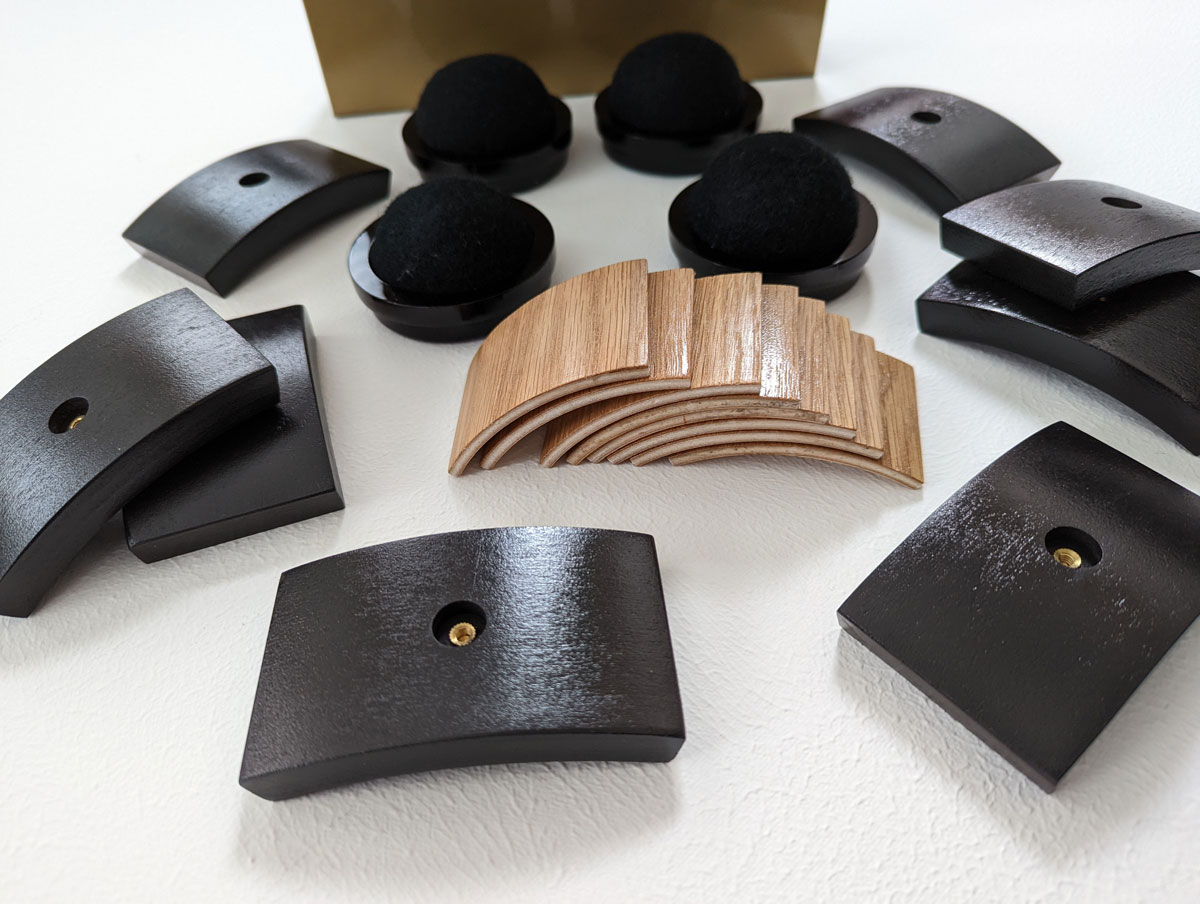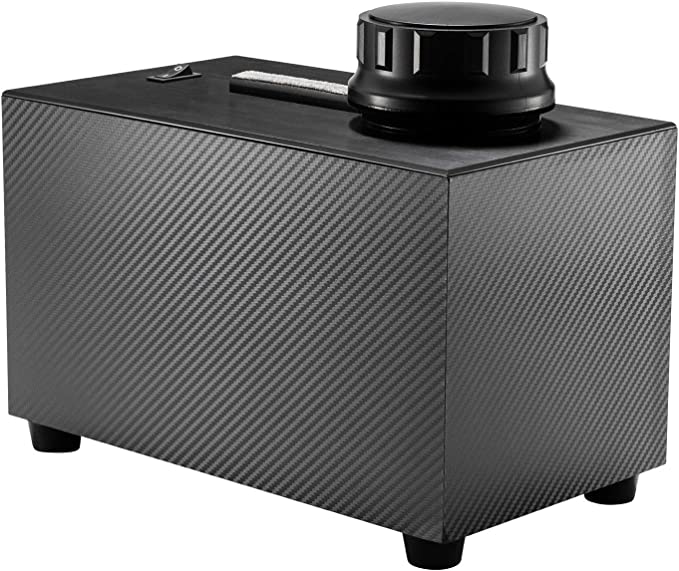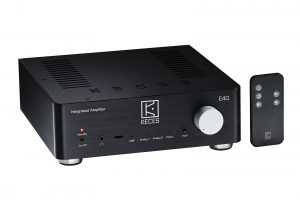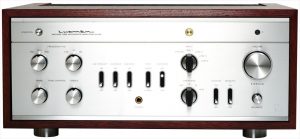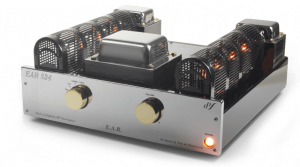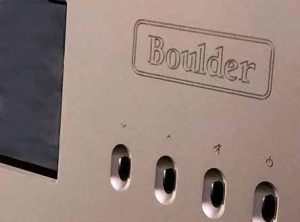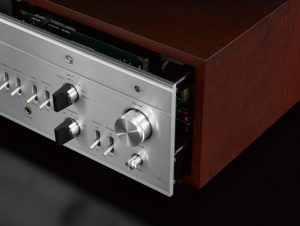Soon after I received the Soundkaos VOX 3f speakers for review, I was given the opportunity to listen to a very interesting amplifier along with these terrific speakers. Mr. Soo In Chae of Bakoon International Corp. asked me if I would like to listen to the Bakoon AMP-13R integrated amplifier (Gary Lea also has reviewed the amplifier for PF HERE). This amp is rumored to be an excellent match to the Soundkaos VOX 3f speakers that are still in my possession. Besides, how could one resist? A small but somewhat heavy box was soon at my door. Opening it up and shedding the cardboard skin that it was in, I found the packaging very slick. I had to unpeel several layers to get to the amp. Needless to say, this packaging is very secure. Even the manual has an interesting twist to it. It is printed on the inside of one part of the box it comes in. Cute. This 9" wide by 9-inch-deep by 2 ½ high, 8.8-pound piece of metal was the reason why. It is a very solid piece of equipment for such small dimensions.
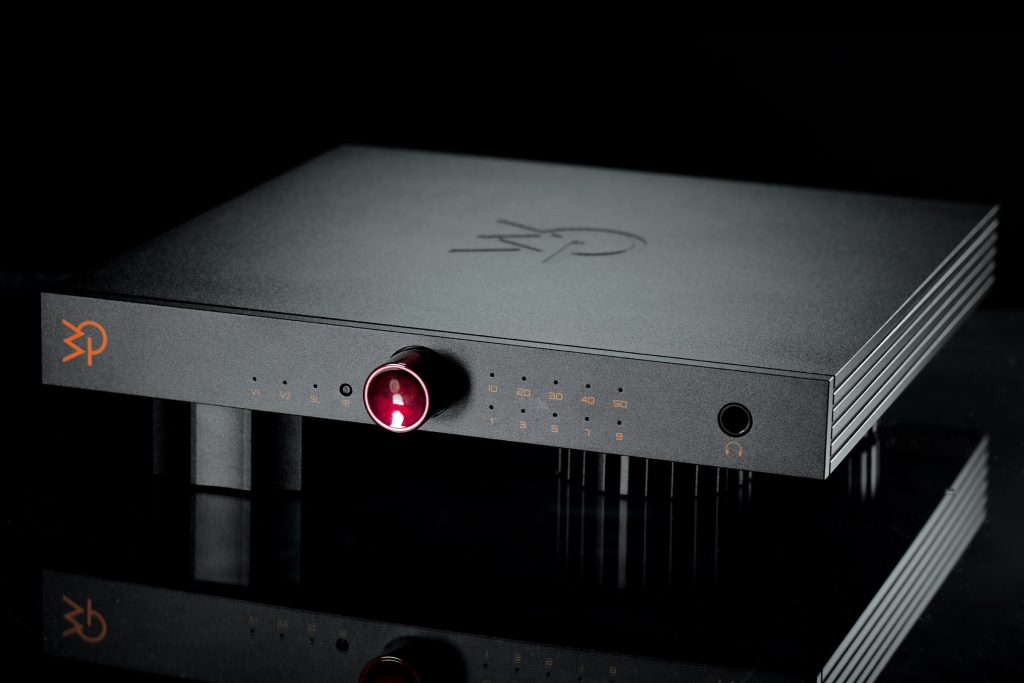
But first a little about Bakoon International. To my embarrassment I have never heard of Bakoon International Corp. Bakoon International Corp. was founded in 2009 in Seoul Korea. It was formed from Bakoon Products Company LTD in Japan, which focused mainly on the Asian market. Bakoon International "was aimed at taking Bakoon Japan's technology and creating more modern, universal, and advanced high-end products." Bakoon International took these products to an international market. Bakoon International's goals were to develop high end audio products based on Bakoon Products Japan's core technology, the Satri circuits, which were developed by Bakoon Products Japan founder Aakira Nagai. The key players in Bakoon International Corp. are Mr. Akira Nagai, Mr. Keng Koe Ho, "who has worked with Sony and Toshiba developing state of the art measuring instruments and control systems," and Mr. Soo In Chae, "who has worked in the nano metrology systems industry." Confused? There will be a pop quiz after the review. Seriously, these highly experienced engineers are working towards a goal of creating some of the best sounding audio products from some of the most advanced circuit technology in the world. Very impressive.
Back to the amp. The amplifier in question is the Bakoon AMP-13R. According to Bakoon International's Mr. Chae, one of the design goals was for it to be one of the "slimmest possible amplifiers." The circuit they are using also makes this possible. With the power transformer and heat sinks located on the bottom of the amplifier it does seem to create, "a sort of illusion effect of making it seem slimmer." Conveniently, the transformer also serves as one of its footers. Which in turn, two of the the other four footers also serve as heat sinks. Very interesting and efficient technology. Mr. Chae also stated in an interview that another unique feature is its volume knob. This knob controls power, input, and gain. This amp can be turned on or off by rotating the volume knob. Pushing the knob will select input source. During input change, gain is set to zero, then it returns to its last position. There is also a small remote control included for basic functions. But what really sets this amplifier apart aesthetically is the actual volume knob itself. It is coated in burgundy Urushi lacquer made by master craftsman in Japan. Juxtaposed against the black amplifier, it serves both masters of functionality and beauty.
But the real story is the circuit that resides inside this little amp. So a short word on its circuit design. The AMP-13R uses a proprietary Jet Satri circuit which is an ultra-fast, wide bandwidth, full discrete design with zero negative feedback. It has a low number of parts count and short signal path. I am not an electrical engineer, and before I make a fool of myself trying to explain this any further, I urge a visit to Bakoon International Corp's website for more insightful and informative information on this very innovating and interesting circuit design.
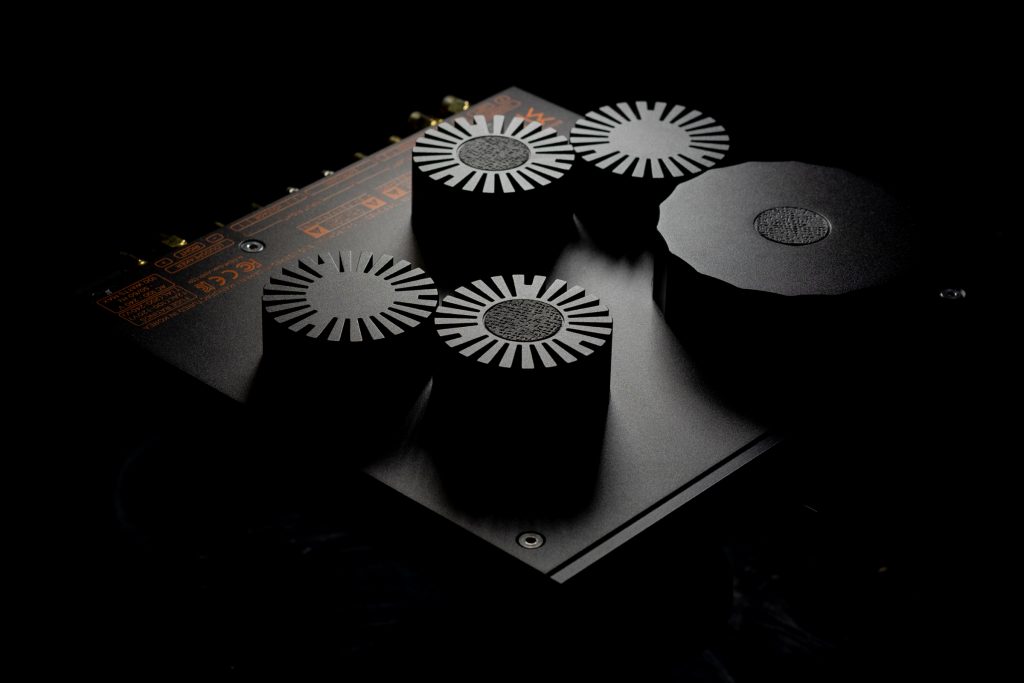
Again, some may be better served by a visit to the website for specs, but here are some basics. The power output is 25 watts at 8 Ohms, at 1kHz. And 45 watts at 4ohms at 1kHz. Frequency response is 10Hz-500kHz. Inputs are one Satri link (BNC) for proprietary future Bakoon products, and two RCA inputs. The speaker outputs and RCA inputs are of very high quality. Gain control is a 50 stepped attenuator. It is equipped with a headphone amp with a 1/4-inch jack mounted to the front of the faceplate. Dimensions in metric are 230 mm (W) x 230 mm (D) x 55 mm (H). Once again, I told you it was small. Power consumption is 30 watts idle and 200 watts (max). It runs pretty warm to the touch. The weight is 4.0 kg net. All in all a compact, functional and aesthetically pleasing design.
Since this amp has only two RCA inputs, I hooked my Marantz 8002 Blue Ray player/Sophia Electric Magik box combo and my Kuzma/Margules phono pre analog rig to either of the two RCA inputs. I played many of the discs for this review as I did with the Soundkaos VOX 3f speaker review. But I started out with something a little different. I put on the late Charles Bradly's CD, Changes. Bradly has been nicknamed the Screaming Eagle of R&B. Listening to him sing you will understand why. His soaring vocals seem to at times overtake the band. The AMP-13R reproduced fast and dynamic transients easily from this disk. The brass section sounded full bodied, round, sharp and well-integrated with the rest of the band. Transients were clean and never too sharp or rounded off. The tonal balance sounded very realistic. Bradly's voice was fleshed out and kind of forward, but sounded very natural. His sharp James Brown like screams were somewhat piercing, but true to form. This is not what I would call easy listening music at all. Bradly and Company belt it out at times roughly, and at times hard. The little AMP-13R kept pace with the changing rhythms from track to track with ease. It easily reproduced the tight jabs and punctuations shot out from the horn section. It also handled the gradations of raspy sounding vocals Bradley can dish out with ease. The soundstage, which is darker than on my Marantz did not hide or obscure minute details and sounded appropriately spacious.
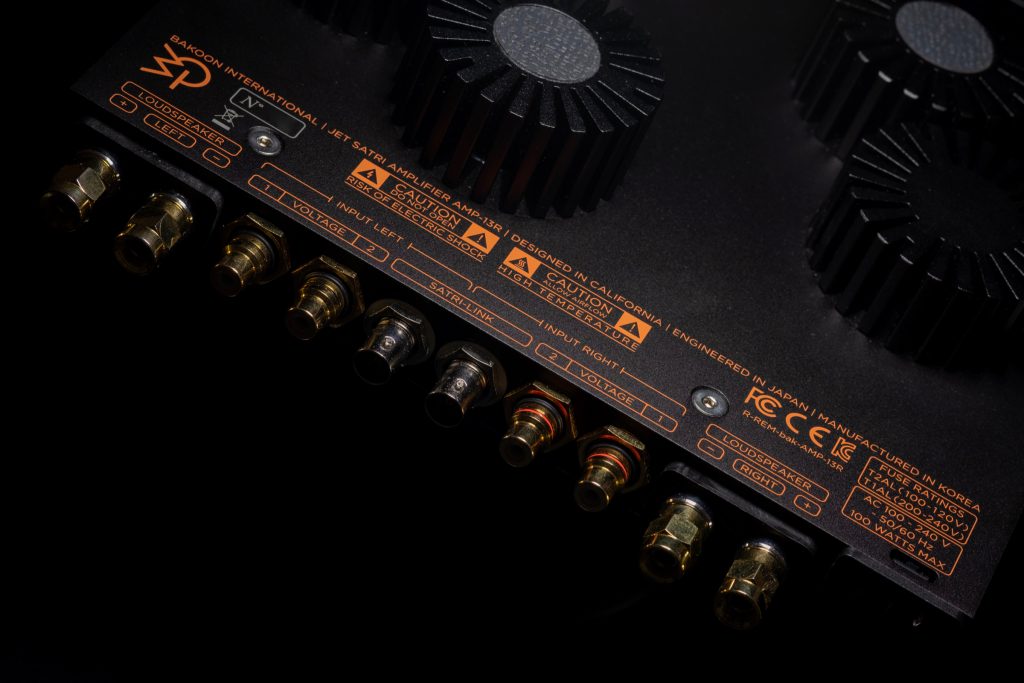
Next stop was with Hiromi and her CD, Hiromi's Sonicbloom, Time Control. This disc is full of fast transients and for the most part a band playing pedal to the metal. This music was reproduced with natural speed and clarity. The starts and stops this band plays on almost any cut would tax most normal gear. Not so with the AMP-13R. It sailed right through this disk with ease. There was a natural speed and clarity to this music especially noticed on track 4, "Deep Into the Night," where Hiromi gives us a cavalcading shot of notes. But what impressed me most is the natural tone and timbre this amp could muster. Hiromi's piano sounded very realistic. It did not sound too bright or tinkly or thin in the upper registers. Bass notes did not sound dull or muffled or smeared. Next time you hear a live piano sit as close to it as you can. As sharp and clean as piano striking string can sound, to me it also has a slight warmth as the hammers hit the string. Although this CD is not bright, piano is reproduced very well. For the fun of it I spun Hiromi's other release, Beyond Standard which is a Hybrid Multi-channel SACD recording. I did that a lot with this system.
The same traits as heard on the Hiromi discs were also noticed on the CD, The Naked Truth by Golden Earring. This music is full of a mix of acoustic and electric guitars, several lead vocalists, and some fast drumming. The AMP-13R sorted it all out, and the music never sounded strained or confused. Just the opposite. This rock recording sounded more realistic and natural than either of my two amps could muster. And this CD is a little brighter than the Hiromi disk.
Moving on to LPs is where I felt this amp really shined. Whatever the reason the combination of the AMP-13R and the Margules FZ47DB phono pre just clicked. The Margules unit is not at all bright or rough. It has a very smooth top end, is nicely detailed and does not roll off the bass. I spun Jack Johnson's Brushfire Fairytales. I heard clean details and naturally fast transients. The bell or cymbal that is struck on track 2, (and on just about every track on this album), "Middleman," cut through the air cleanly without a hint of brightness or a hint of distortion. The whole album sounded clear, clean, and accurate with just the right amount of warmth especially in regard to percussion and vocals. Bass guitar sounded articulate and tuneful. This amp does sound warmer and darker than my amp. There was a very slight thickening in the lower midrange on this album. But I'm betting that slight thickening is coming from the Margules and the actual recording based on past experiences with both. Again as in the Soundkaos VOX 3f review, it was the cymbals that were reproduced with uncanny realism.
Next up was an album I haven't played in years. Rickie Lee Jones' Pirates LP. Played through this system, I can see what all the fuss was about. Without wearing out these words yet again, natural timbre and tone came through easily and so real. Rickie's voice and her band were on a stage in my living room. On the song "Woody and Dutch on the Slow Train to Peking," I took a second glance at the stereo. Textures were reproduced very realistically, especially concerning the hands clapping on that track. I put back on the Jack Johnson LP to double check what I was hearing. A true audiophile move to be sure. But I am in reviewer mode. On the song from the above-mentioned Johnson LP, F-Stop Blues, there is a hand clapping part that has the same natural texture to the sound as on the Jones album. Those handclaps, flesh hitting flesh, sounded so real. To tell you the truth I enjoyed this combination of gear so much, I put on quite a few more albums just enjoying them for what they are. Not just picking out certain sonic pinpoints but listening to whole albums for the sheer joy of listening to music. It pulled me away from reviewing and pulled in my son who started digging out albums from his stash.
One of the albums he played was Radiohead's OK Computer. On the song, "Karma Police," there is a distortion that just drives me crazy when I hear it on download. But through the AMP-13R and my vinyl rig, I finally get it. On that song, we were both treated to a beautiful wash of distortion that comes in towards the end of the song. OK! My son, who recently started his vinyl journey with his new Project Carbon turntable, mentioned that the many times he has heard this music on downloads or on the radio, he has never heard it sound so good as through this amp. Welcome to high end audio kid! Welcome to high end audio.
I did spend some time with the headphone amp on this unit, but not enough to be fair to Bakoon Audio. The fact is that I use inexpensive LoFi headphones, and spend very little time with them. Even with this, I felt that as with the amp, the headphone section punches way above its weight class. Maybe more will be revealed with a review from a more experienced headphone aficionado.
I could go on forever, or through every album in my collection, but I think I would lose my audience fast, and the words natural and realistic would start to sound like a Mantra. The bottom line is this, I have never heard music reproduced so naturally or realistically in my house than through the combination of the Bakoon AMP-13R and Soundkaos VOX 3f speakers. This amplifier and pair of speakers are also a great match together. I have had a number of high-quality components in here for review, and I also hold my Modified Marantz in high regard. But tonight, my gear has definitely been bested. No I am not looking through rose-colored glasses while listening to the AMP-13R. Bad recordings still sound bad through this amplifier and system. It gives a realistic portrayal of what is on the recording good or bad. Although the bad ones still sound more palatable than through lesser gear. Also if you need more power or more inputs you just hit a snag. And if you don't like the input markings on the bottom front of your amplifier, this amp is not for you. I actually think this is aesthetically cool. I guess you could say that I am jaded. I have heard far too much equipment, way more expensive than this combination and not deliver the sonic goods as these two units can.
While I was writing this, I thought of the many reviews I have read that use descriptive language used to describe the sound of component both inexpensive and stratospherically costly that I have used in this review. Many of the same words can be used to describe the sound of a vast number of components. But none of them have the Satri circuit in them. This technology is the real deal and not just a company catch phrase. It proves it in the listening. In an email to me, Mr. Chae mentioned that this combination of amplifier and speakers are affectionately called Bonsai to them. Well little in stature and big on performance I say.
Bakoon AMP-13R
Retail: $6000
Bakoon International Corp. (Korea)
Bakoon International Inc. (San Jose, CA)
+82.70.8677.5513




